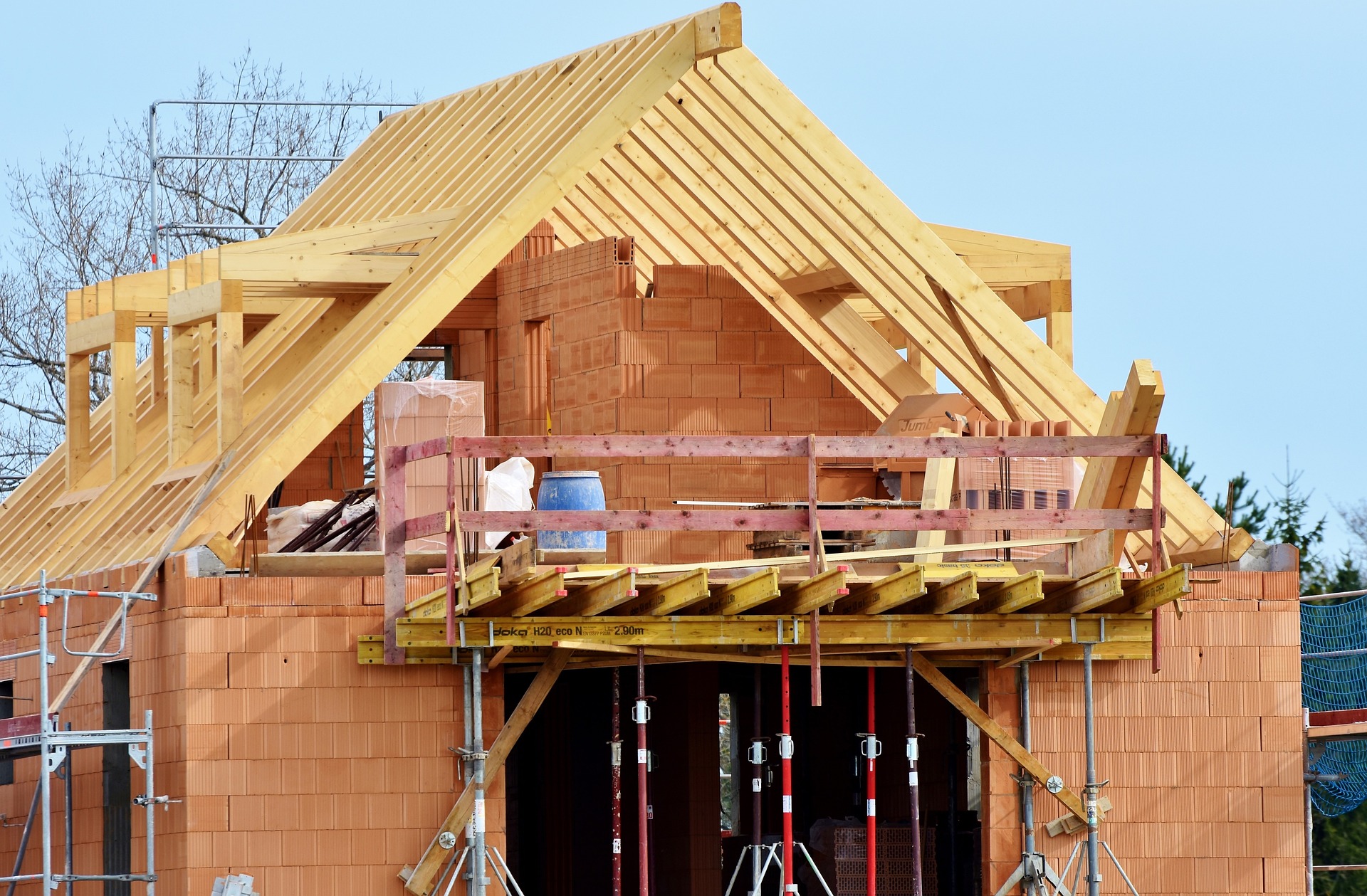Shipping Container Homes: A Modern Approach to Sustainable Living
The innovative world of shipping container architecture has revolutionized sustainable housing solutions, offering a unique blend of eco-friendly construction and modern design. These homes, built from retired shipping containers, represent a creative approach to addressing housing needs while reducing environmental impact through material recycling and adaptive reuse principles.
Benefits of Container Home Building
Container homes offer numerous advantages over traditional construction methods. The pre-existing structure significantly reduces building time and labor costs. These homes are inherently mobile, weather-resistant, and durable. Additionally, repurposing shipping containers helps reduce the environmental impact of new construction by giving new life to existing materials that might otherwise go to waste.
Design Considerations and Modifications
Converting a shipping container into a livable space requires careful planning and modifications. Essential alterations include installing proper insulation, cutting openings for windows and doors, and ensuring adequate ventilation. The interior space must be carefully designed to maximize the limited square footage while maintaining comfort and functionality.
Cost Analysis and Investment Overview
The cost of building a shipping container home varies significantly based on several factors:
| Component | Basic Cost Range | Premium Cost Range |
|---|---|---|
| Single Container | $1,500 - $3,000 | $4,000 - $6,000 |
| Modifications | $10,000 - $20,000 | $25,000 - $40,000 |
| Interior Finishing | $15,000 - $25,000 | $30,000 - $50,000 |
| Total Project | $30,000 - $50,000 | $60,000 - $100,000+ |
Prices, rates, or cost estimates mentioned in this article are based on the latest available information but may change over time. Independent research is advised before making financial decisions.
Regulatory and Zoning Requirements
Before embarking on a container home project, it’s crucial to understand local building codes and zoning regulations. Many jurisdictions have specific requirements for foundation systems, structural modifications, and utility connections. Working with experienced contractors and obtaining necessary permits is essential for successful project completion.
Conclusion
Shipping container homes represent an innovative solution in modern architecture, offering sustainability, affordability, and design flexibility. While challenges exist in terms of modifications and regulations, the growing popularity of container homes demonstrates their viability as an alternative housing option. With proper planning and execution, these unique structures can provide comfortable, eco-friendly living spaces that challenge traditional housing conventions.







